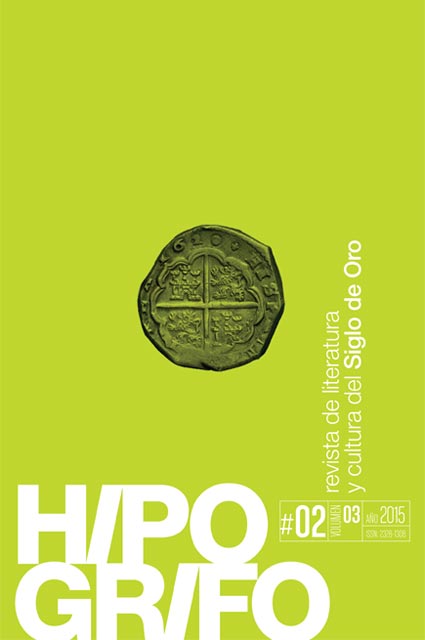Kings, Saints and Husbands: Portuguese Characters in the Golden Age Theatre
DOI:
https://doi.org/10.13035/H.2015.03.02.03Abstract
The Portuguese reality is part of the thematic heritage of the Spanish Golden Age theatre which highlights from the Lusitanian their courage at war and their excess in passion. Literary interactions took place in two senses: the Lusitanian tradition was treated in Spanish pieces, and Portuguese playwrights wrote in Castilian following Lope de Vega in his Arte nuevo de hacer comedias en este tiempo (1609). Although history and hagiography will be the most exploited aspects due to the impact of their protagonists, on other occasions Portugal will be used as a setting to universal conflicts. Kings such as D. Afonso Henriques, D. João II and D. Sebastião star in works of Tirso de Molina, Lope de Vega or Cubillo de Aragón; and El príncipe constante by Calderón and Caer para levantar by Moreto, Matos Fragoso and Cáncer relate, respectively, the lives of two Portuguese saints, S. Fernando and S. Gil. We will analyse El príncipe constante and A secreto agravio, secreta venganza by Calderón and Las quinas de Portugal by Tirso de Molina, with the aim of discovering the degree of involvement between the dramaturgical approaches and historical context that includes or propitiates them, in order to try to reveal the elements that motivated the rise and the decline of Portuguese topics in the seventeenth century Spanish theatre.Downloads
Download data is not yet available.
Downloads
Published
2015-11-25
Issue
Section
Relaciones políticas y literarias en España y Portugal (Coordinadores: António Apolinário Lourenço y Jesús Mª Usunáriz)
License

Hipogrifo (ISSN: 2328-1308) es una revista bajo una Licencia Creative Commons Atribución-NoComercial-SinDerivadas 3.0 Unported.



